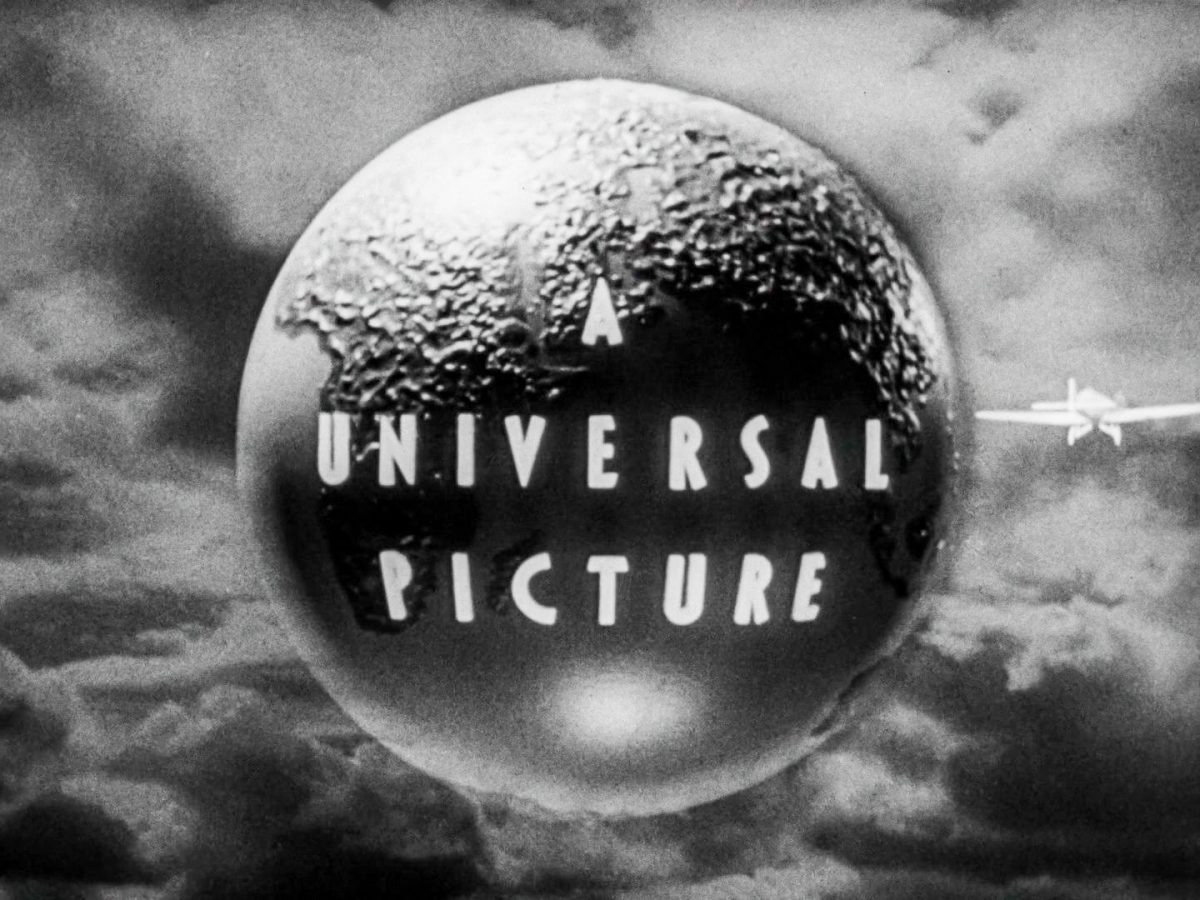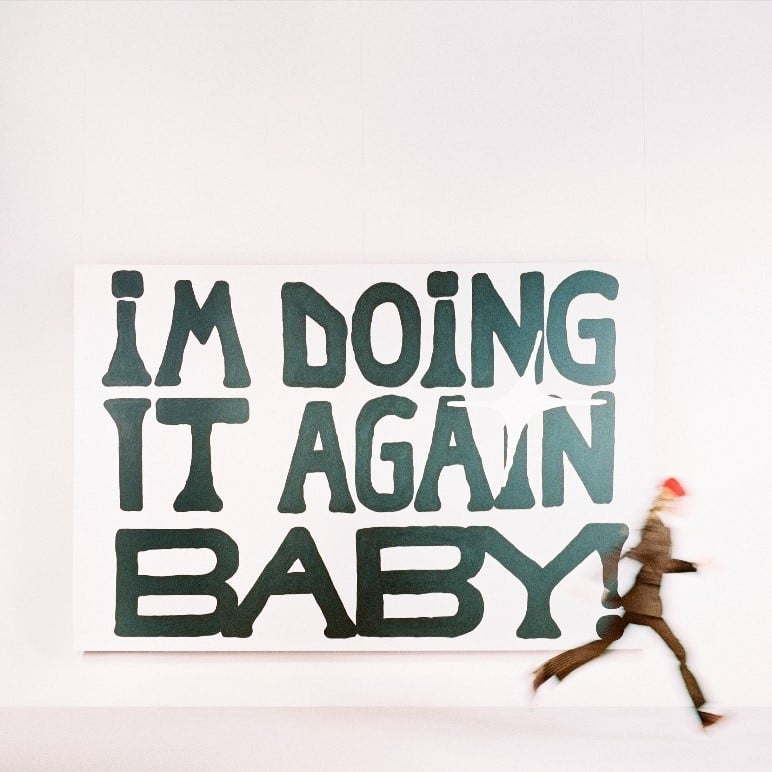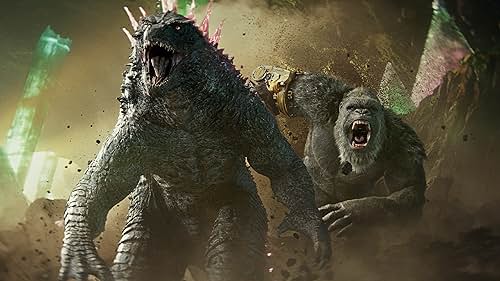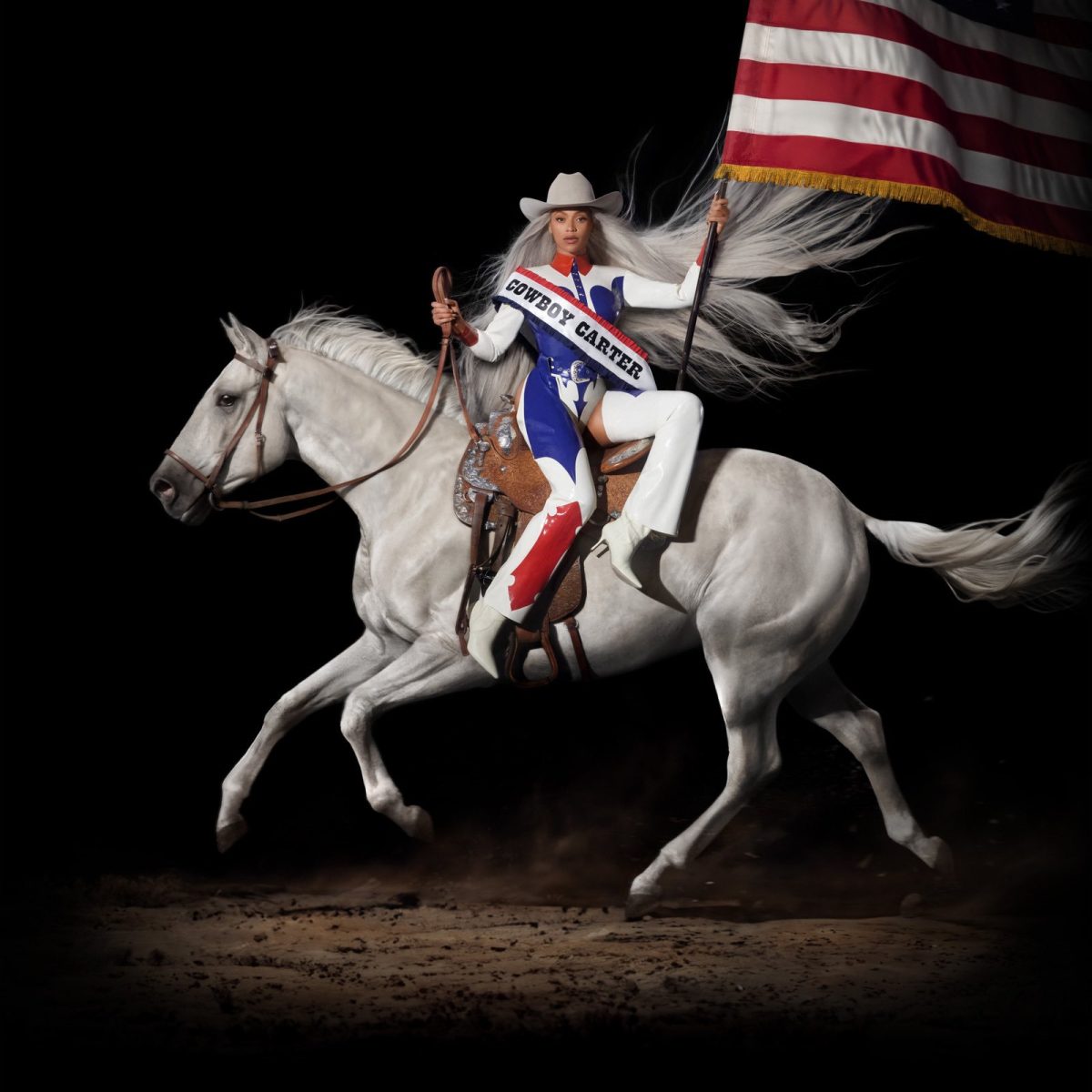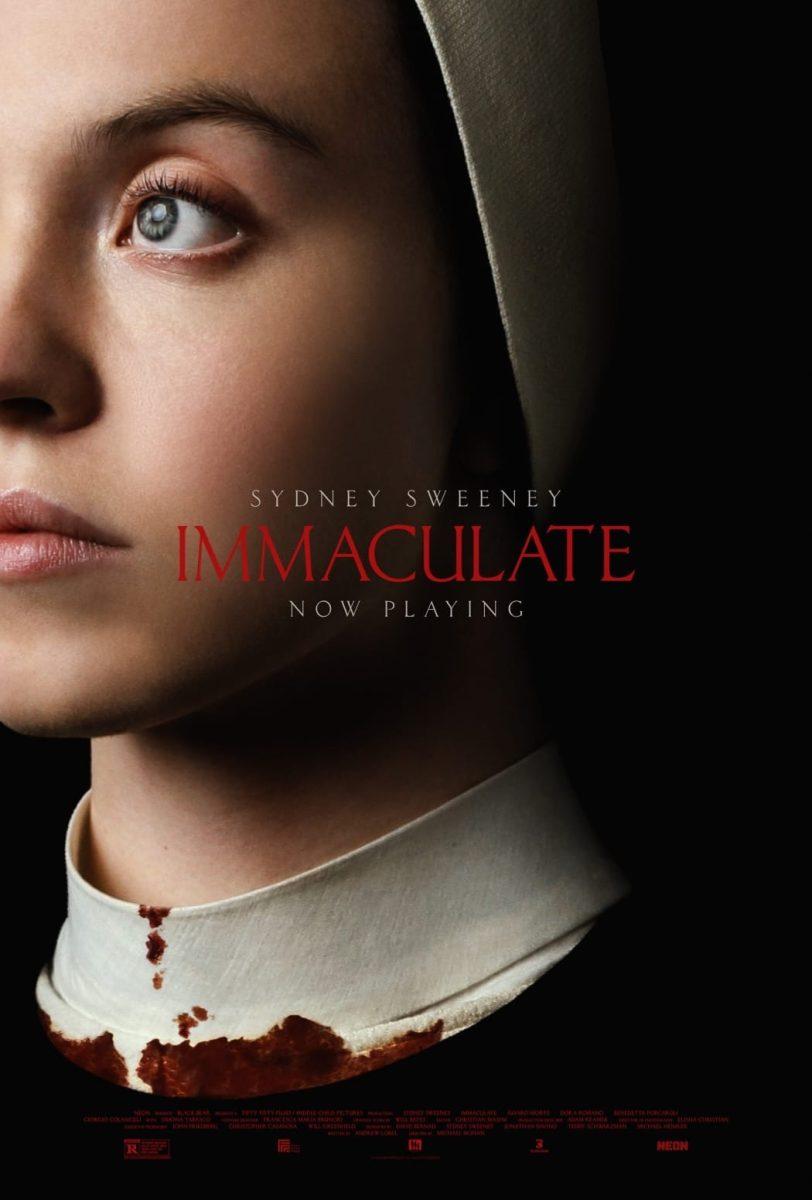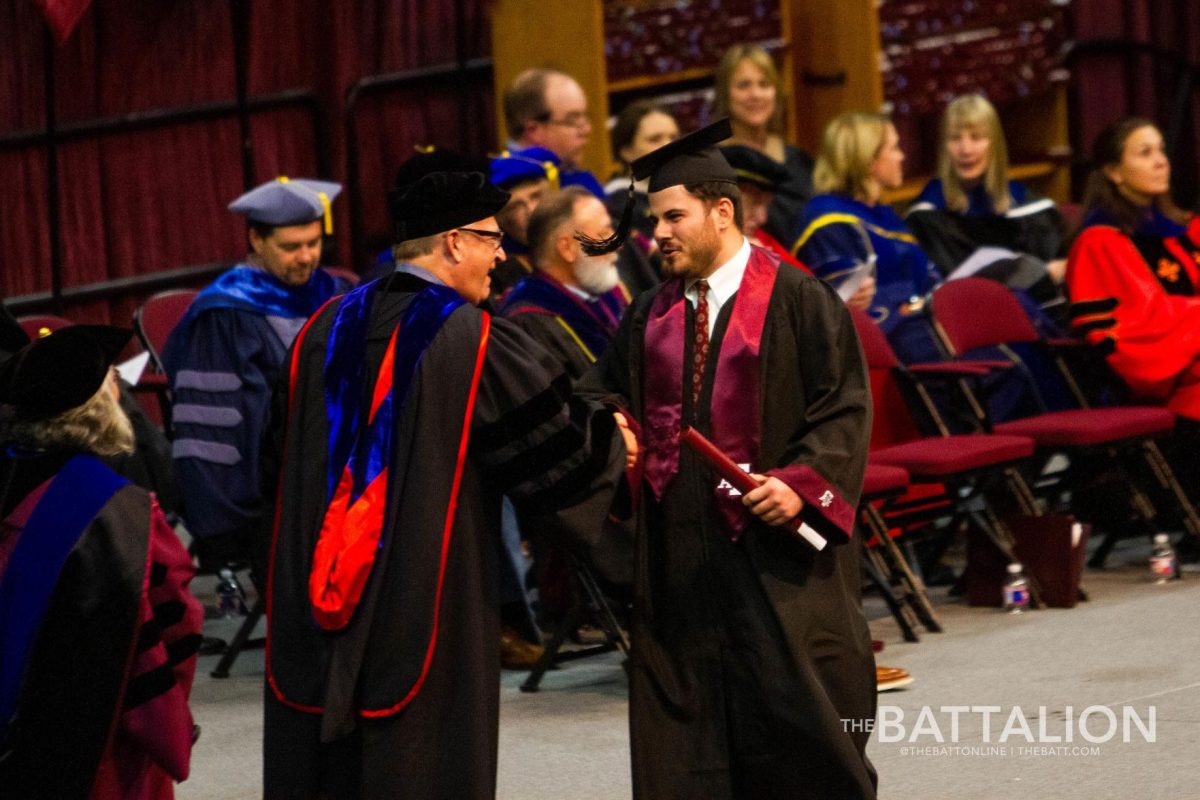It’s become common in recent years to hate on the so-called “sequel and remake culture” of Hollywood today. A good number of film enthusiasts have called out Hollywood for producing too many remakes, sequels and shared universes and for no longer producing original content. They chastise blockbusters that trot out the same well-known characters again and again, while hailing back to “the good ol’ days” of Hollywood, presumably when they believe more original content was produced. What critics of sequel culture don’t understand, however, is that it isn’t a new phenomenon, and it isn’t an inherently bad thing. In fact, it dates all the back to the earliest years of Hollywood where serials, remakes and even shared universes were common among the timeless classics.
The most prominent example of early Hollywood film franchises is also the world’s first cinematic universe, The Universal Studios Classic Monsters series. The series is a set of 89 films released from 1923 to 1960, first introducing a formidable cast of classic horror characters, then bringing them back again and again in a massive list of shared films. Today, many of these films are considered classics, though they certainly weren’t intended to be when they were produced. They were cash-grabs, plain and simple, designed to capitalize on the audience’s familiarity with the recurring actors and characters.
Another example of film franchises of the past comes from the classic character Sherlock Holmes. Played by Basil Rathbone, Arthur Conan Doyle’s famous sleuth was brought to the silver screen in 1939 for a total of 14 films. The series was and remains a critical success, and further illustrates not only that film franchises and sequel culture is nothing new, but also that it isn’t necessarily a bad thing. The Rathbone Holmes series demonstrated that great films can come from old characters. Doyle had been telling Sherlock Holmes stories for 51 years by the time the first film in the series released, yet the movies are still loved and admired. Good things can come from telling a well-known story or portraying a familiar character in new ways.
In addition to film franchises, early Hollywood was also known for the production of large amounts of film serials, effectively the precursor to television shows. There are hundreds of film serials from Hollywood’s early years, especially in the era before the advent and popularization of television. Serial films were usually wrapped up in 10 to 14 episodes, although many ran longer. Episodes frequently ended on cliffhangers to keep audiences invested in returning every week. Serials often had sequels in which the triumphant hero from one story would return for a different adventure.
In many ways, sequel culture and the idea of a cinematic universe mirrors the serial format. No longer are the stories being told in 20-minute increments; in the modern equivalent, stories are told two hours at a time and the cliffhangers are told in the form of post-credit sequences such as “Far from Home” or in two-part films such as “Infinity War” and “Endgame.” Once again, the idea isn’t new, and it doesn’t necessarily mean death for artistic representation in Hollywood.
Sequel culture isn’t new, and it isn’t ruining Hollywood
October 3, 2019
Photo by Creative Commons
Universal Pictures
Donate to The Battalion
Your donation will support the student journalists of Texas A&M University - College Station. Your contribution will allow us to purchase equipment and cover our annual website hosting costs.

















